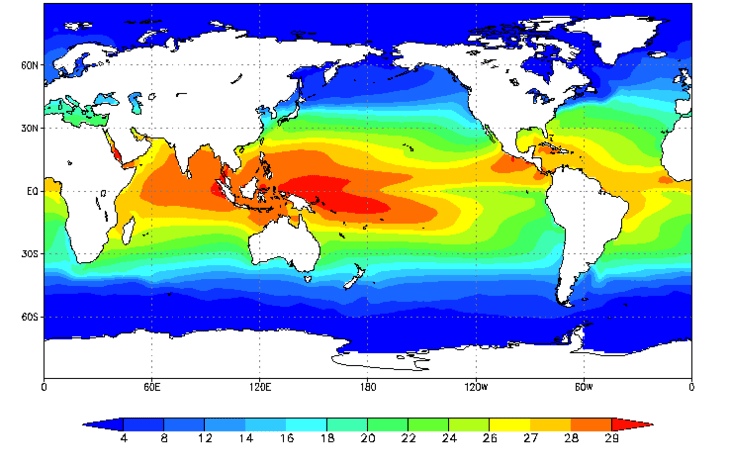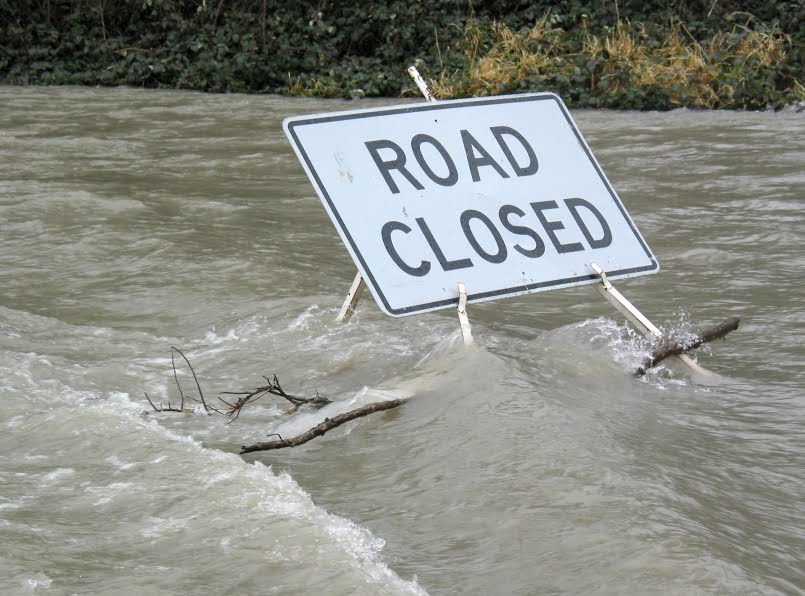Passage of a depression
Use the following help sheet to write a fictional story about the passing of a depression. Imagine you are in the field taking observations and measurements. You should use all the statements included below.
| Coming of the warm front | At the warm front | Within the warm sector | At the cold front | Within the cold sector |
| Barometer – shows pressure is falling | Barometer – continues to show the pressure is falling. | No significant changes on the barometer. | Suddenly the pressure on the barometer begins to rise. | Pressure continues to rise. |
| Thermometer – shows the temperature is steady | Thermometer – shows the temperature is rising. Feeling a little sticky in this heavy coat! | Still quite mild. | Time for a hat, and to button up that coat, the temperature is falling, it’s becoming chilly. | It remains cold. |
| Cirrus clouds high in the sky, they begin to descend and thicken becoming altostratus. | Becomes darker, the clouds are low and cover the sky like blankets – nimbostratus. | Starting to see breaks in the cloud, a little drizzle now – nothing heavy. | Angry looking clouds, towering and grey, begin to form – cumulonimbus. | The clouds have thinned out now – some cumulus. |
| No need for the umbrella yet! | Time to get out the umbrella, continuous heavy rain. | A steady breeze, nothing too uncomfortable. | Heavy rain! Is that thunder I hear? | A few showers. |
| Slight increase in wind speed. | The wind is much stronger now – struggling to hold onto my umbrella. | Struggling to stay on my feet, as I’m battered by the strong winds. | Time to go home I think! |




